
Understanding the Context
Cultural and diversity contexts refer to the variety of cultural, linguistic, religious, and racial backgrounds that children and families may come from. This includes First Nations families, immigrant and refugee communities, multilingual households, and families with distinct cultural practices and worldviews.
In early childhood settings, this diversity can shape how children communicate, interact with peers and educators, and engage with learning experiences (Fellowes & Oakley, 2020). Understanding and embracing this diversity is essential for creating inclusive, respectful, and equitable environments.
Relevance in Early Childhood Education
Culturally responsive pedagogy helps foster a sense of belonging, identity, and well-being in children. Educators who respect and incorporate children's cultural knowledge into learning environments promote inclusion and reduce the risk of marginalisation (Nolan & Raban, 2015).
Children from diverse backgrounds may face challenges such as language barriers, cultural misunderstandings, or limited access to early learning opportunities. Recognising and responding to these challenges ensures all children have equitable access to quality education and development (Kaywork, 2019).
Theoretical Lens
Sociocultural Theory (Vygotsky):
Emphasises the importance of culture, language, and social interaction in shaping children’s learning and development.
Funds of Knowledge Framework:
Highlights the value of home and community knowledge that children bring into the classroom (Moll et al., 1992).
Bronfenbrenner’s Ecological Systems Theory:
Considers how cultural practices in a child’s microsystem (family) and macrosystem (society) affect development.

Contemporary Reflection
Australia’s increasing cultural diversity is evident in early learning settings. According to the 2021 Census, over 30% of Australians were born overseas, and more than 300 languages are spoken at home (ABS, 2021). The growing number of bilingual children and multicultural families highlights the importance of inclusive policies and culturally safe practices in ECE.
There is also a strong call for deeper engagement with First Nations perspectives through Reconciliation Action Plans, embedding Aboriginal and Torres Strait Islander histories and cultures in the curriculum, and ensuring culturally safe environments.
Impact on Children and Families
Positive impacts: Culturally inclusive environments support identity development, emotional wellbeing, and academic engagement.
Challenges: Children may experience racism, cultural disconnection, or identity struggles if diversity is not recognised or respected.
Families may feel excluded or misunderstood if their language and cultural practices are not acknowledged in the learning environment.
Social Policy and Australian Responses
Early Years Learning Framework (EYLF) V2.0 (2023): Emphasises cultural responsiveness, respect for diversity, and partnerships with families.
National Quality Standard (NQS): Requires services to support inclusive practices (Quality Area 6).
Multicultural Access and Equity Policy: Ensures government services are responsive to diverse communities.
Reconciliation Action Plans (RAPs): Encourage early childhood services to build respectful relationships with First Nations communities.
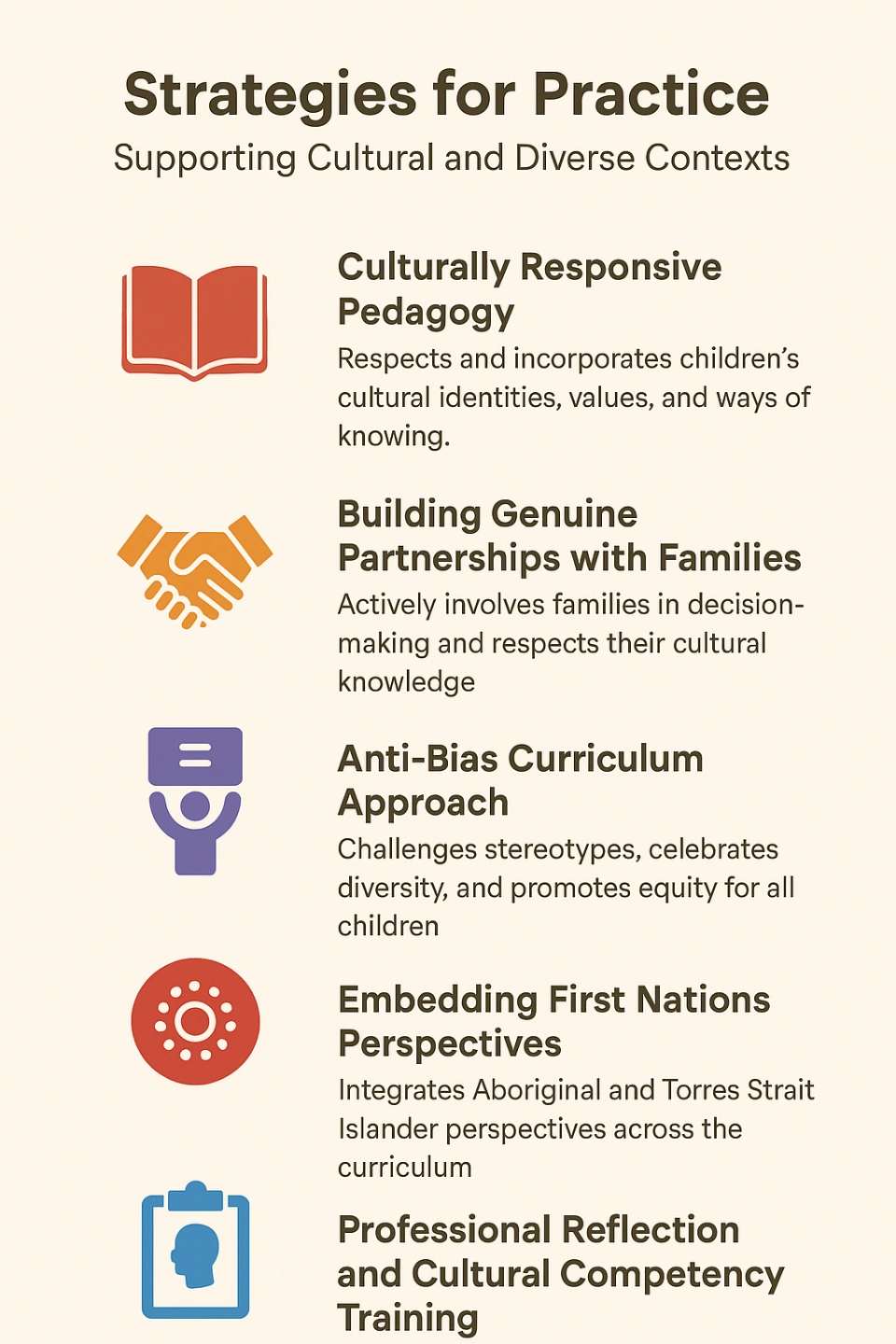
Strategies for Practice
Community and Professional Partnerships
Multicultural NSW
Role: Provides interpreting and translation services, cultural training, and community programs to promote social inclusion and cohesion across culturally diverse communities in New South Wales.
Collaboration with ECE Services:
Offer interpreter support during enrolments, meetings, or case conferences.
Provide cultural training for staff to improve cultural awareness and inclusive practices.
Link services with multilingual community outreach workers.
Ethnic Communities’ Council of NSW (ECCNSW)
Role: Advocates for the rights of CALD communities, develops resources, and promotes multiculturalism and equity in services.
Collaboration with ECE Services:
Deliver cultural awareness programs and community consultation workshops.
Provide referrals or advice on inclusive curriculum planning.
Partner in community events and celebrations to strengthen connections with families.
Local Migrant Resource Centres (MRCs)
Role: Support newly arrived migrants and refugees with settlement, language support, education, employment, and community connections.
Collaboration with ECE Services:
Provide family support services and orientation for families unfamiliar with early childhood systems.
Host parenting workshops in multiple languages.
Help services understand the unique needs of migrant and refugee families.
. AAboriginal and Torres Strait Islander Community Organisations
Role: Support First Nations children and families through cultural, educational, and health programs.
Collaboration with ECE Services:
Guide respectful embedding of Indigenous perspectives in programs and practices.
Offer staff cultural safety training and support Reconciliation Action Plan (RAP) development.
Co-host community events that strengthen cultural identity and belonging.
Bicultural Support Workers (via Inclusion Support Program)
Role: Provide direct assistance to services working with children from culturally and linguistically diverse backgrounds to help meet inclusion needs.
Collaboration with ECE Services:
Support educators in developing inclusive practices and environments.
Assist with building positive relationships with children and families.
Provide cultural information, resources, and practical strategies for classroom adaptation.

Resources for Educators and Children
Projects, Programs, or Websites
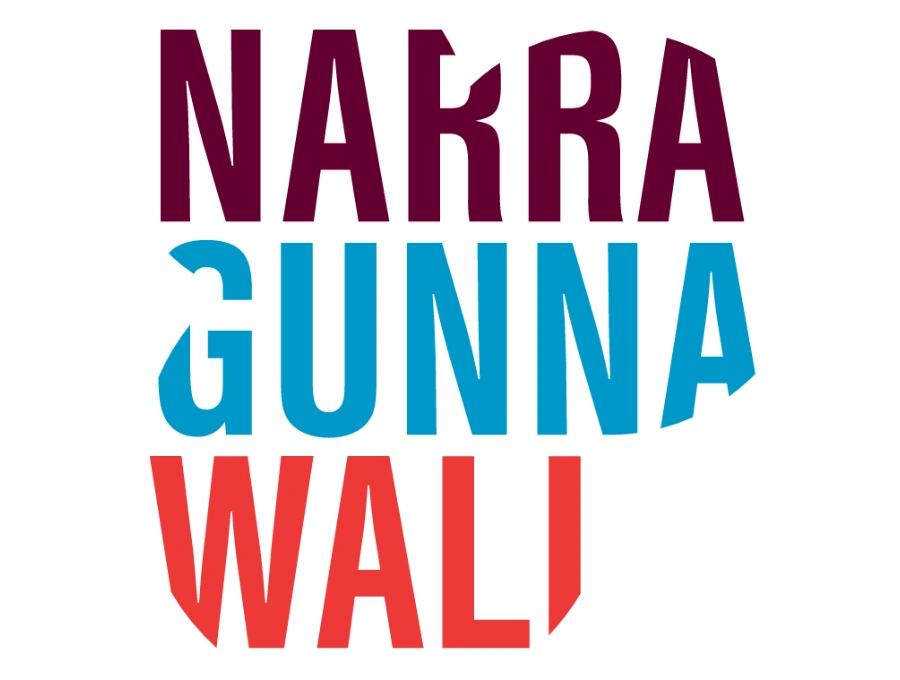
Narragunnawali: Reconciliation in Education
Website: https://www.narragunnawali.org.au
Use: Supports early childhood services to develop Reconciliation Action Plans (RAPs), embed Aboriginal and Torres Strait Islander perspectives, and build cultural competence.
Impact: Promotes respect, inclusion, and reconciliation through educator reflection, curriculum planning, and community engagement.
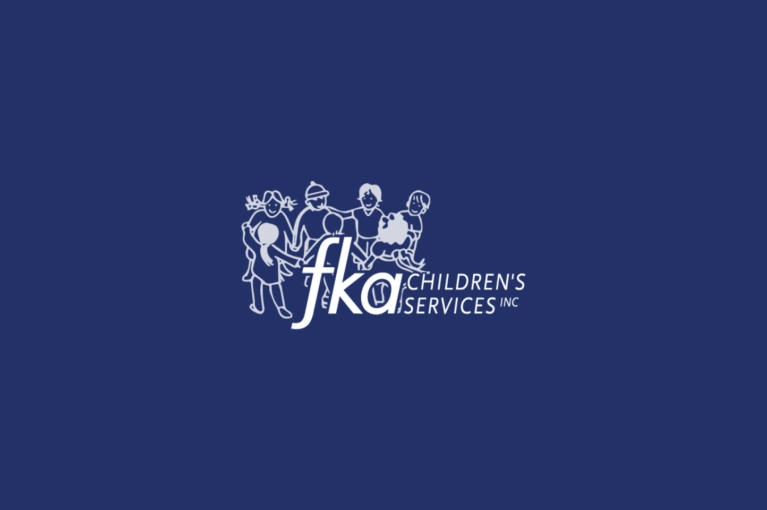
Starting with STEAM – Multicultural Resource Hub (FKA Children’s Services)
Website: https://www.fka.org.au
Use: Provides multilingual resources, cultural story kits, and professional development for educators working with CALD families.
Impact: Builds educators' capacity to embed culture in STEM activities and support multilingual learners.
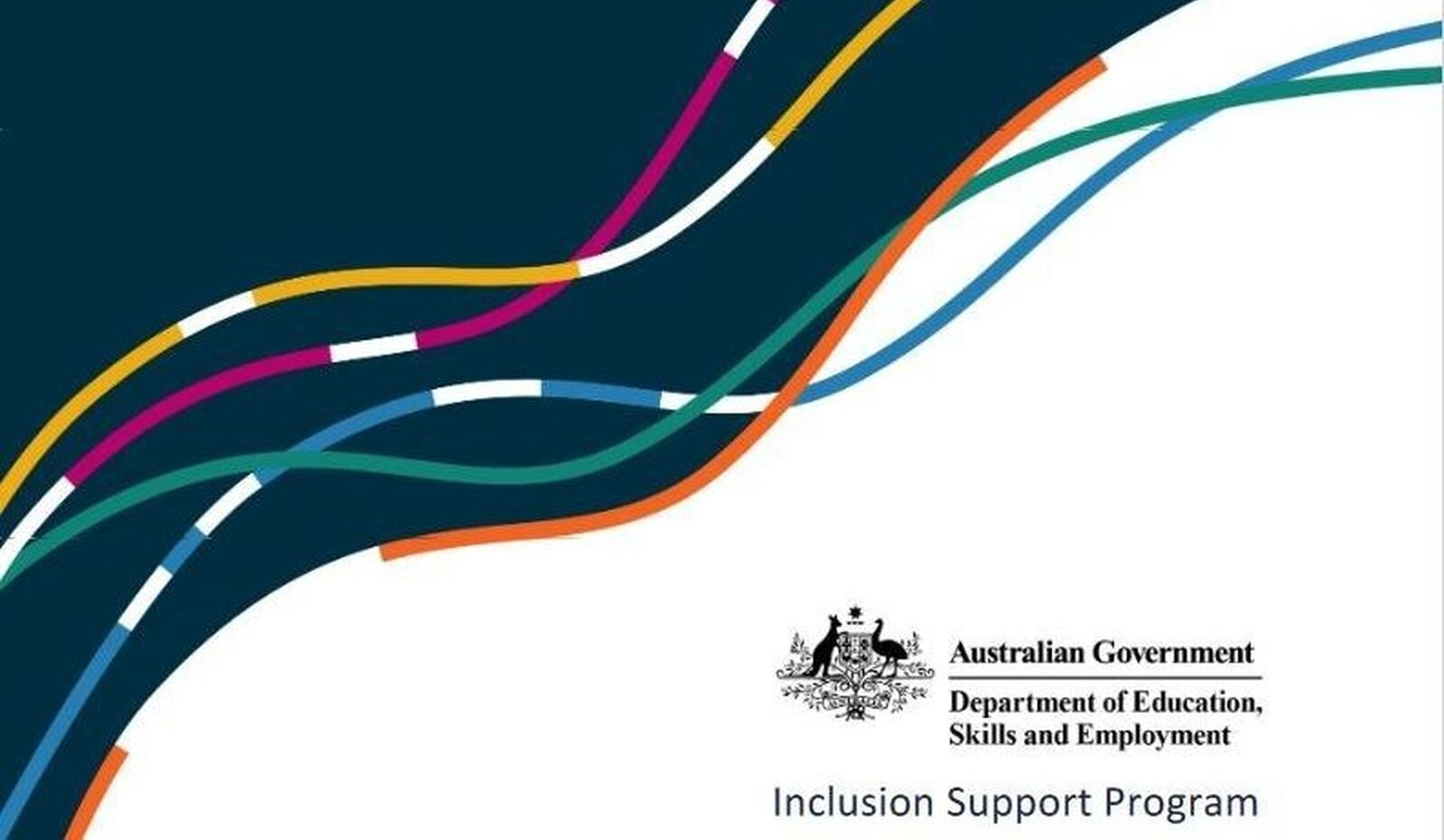
The Inclusion Support Program (ISP)
Website: https://www.inclusionsupportqld.org.au
Use: Offers access to Inclusion Professionals, funding, and bicultural support to help services include all children.
Impact: Enhances equitable participation, supporting resilience and confidence in children from diverse backgrounds
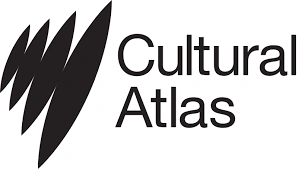
Cultural Atlas (SBS & AMES Australia)
Website: https://culturalatlas.sbs.com.au
Use: Offers cultural profiles for over 100 communities, including family customs, communication styles, and values.
Impact: Educators can use it to adapt practice and communicate more effectively with families from diverse cultures.
Storybooks:
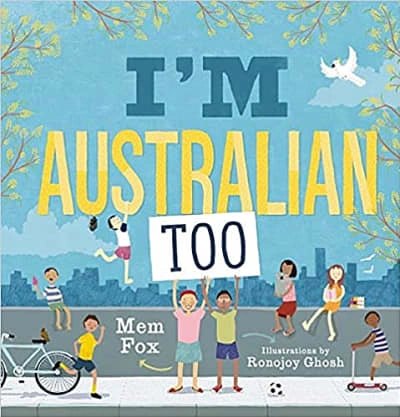
“I’m Australian Too” by Mem Fox
Theme: Belonging, multicultural identity
Use: Encourages children to see themselves and others as part of Australia’s diverse community.
Impact: Promotes inclusion and cultural pride.
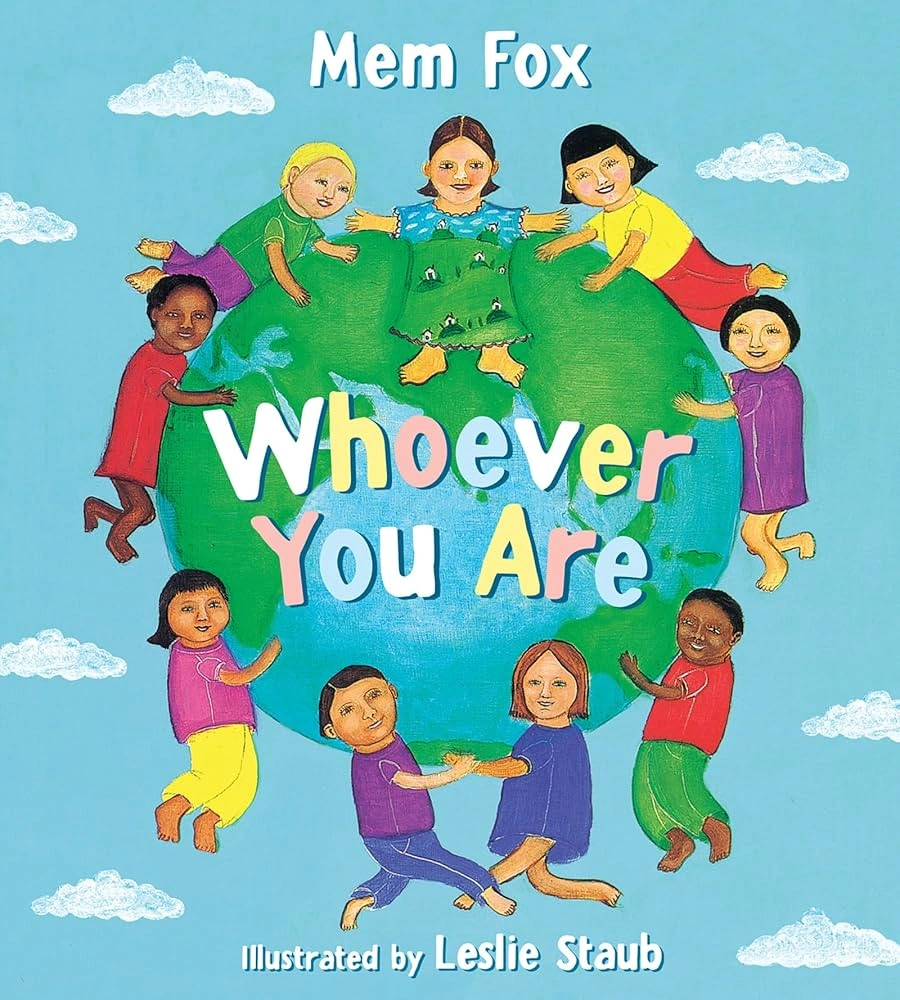
“Whoever You Are” by Mem Fox
Theme: Shared humanity across cultures
Use: Explores how children live around the world with differences in homes, schools, and customs.
Impact: Builds empathy and global awareness.
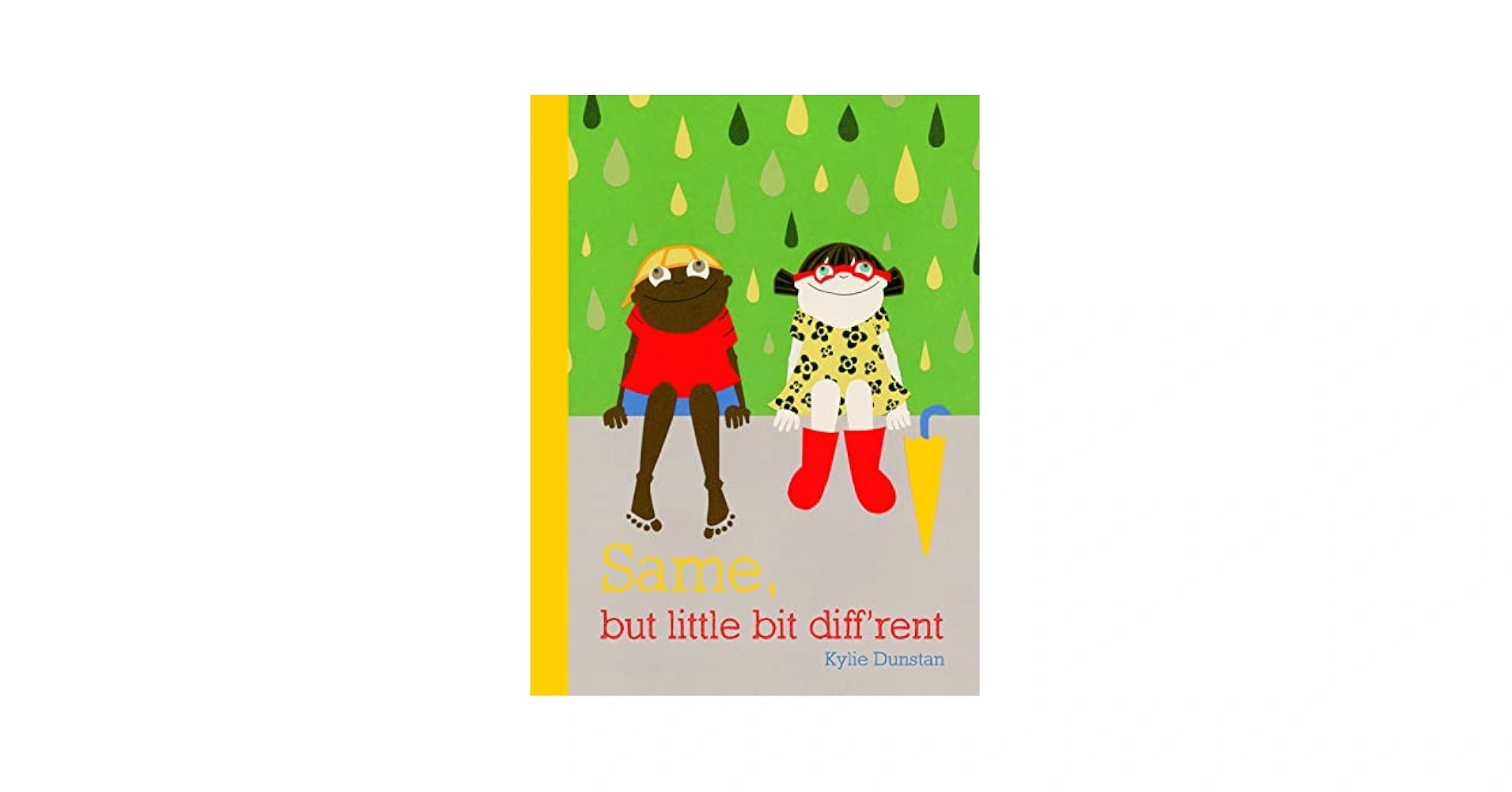
“Same, But a Little Bit Different” by Kylie Dunstan
Theme: Everyday cultural differences
Use: Compares daily life in urban Australia with a remote Indigenous community.
Impact: Encourages curiosity, respect, and open-mindedness.
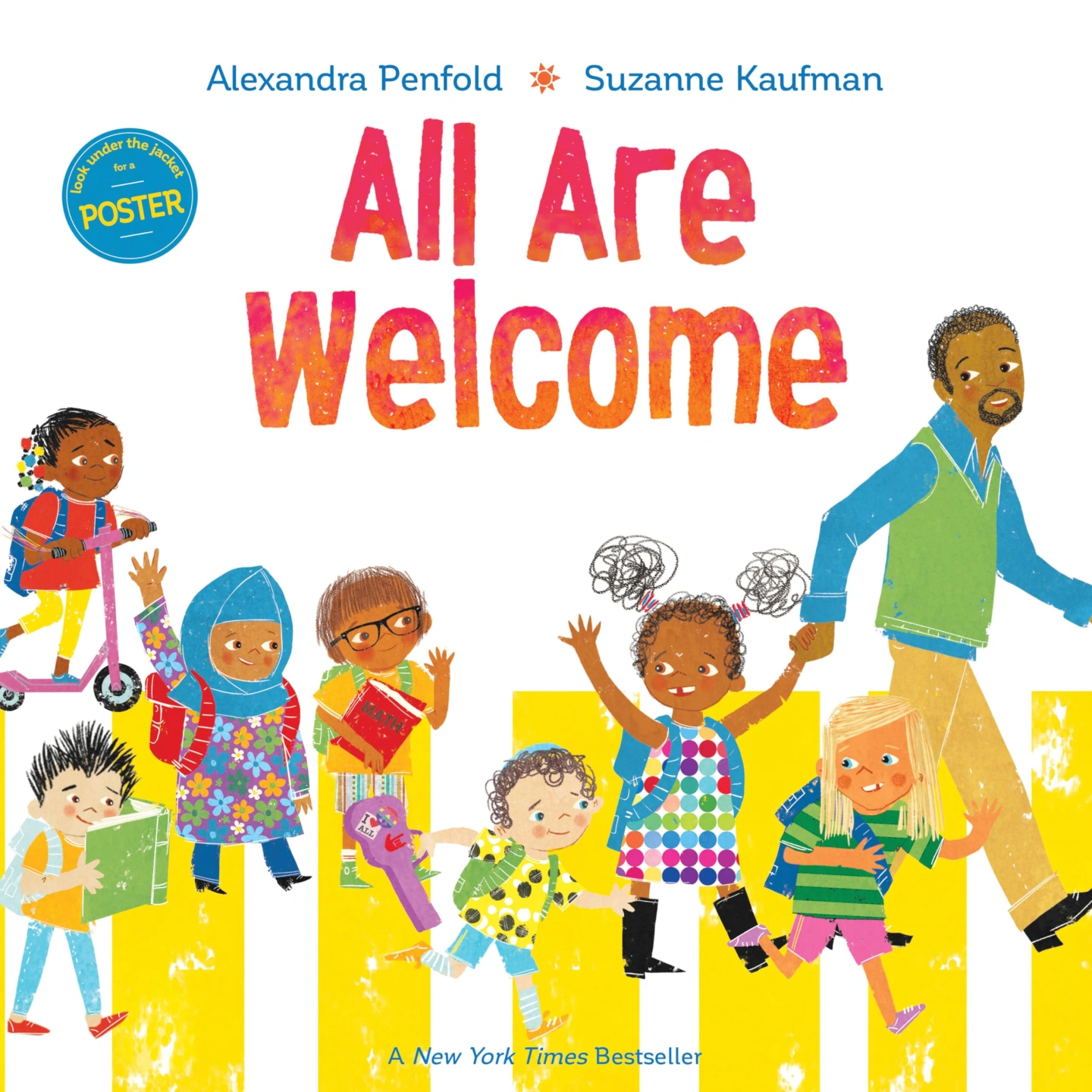
“All Are Welcome” by Alexandra Penfold
Theme: Inclusion and diversity in classrooms
Use: Illustrates a classroom where every child is valued, regardless of background.
Impact: Reinforces messages of safety, belonging, and unity.
Children’s Videos, Educational Shows, or Podcasts
Play School: “Harmony Week” Episodes (ABC Kids)
Use: Features cultural celebrations, cooking, stories, and songs from diverse cultures.
Impact: Encourages children to embrace multiculturalism and appreciate different traditions.
“Sesame Street – Around the World” Series
Use: Global episodes showcasing children’s lives and celebrations worldwide.
Impact: Builds cultural empathy, tolerance, and global citizenship.
https://www.wnyc.org/story/53368-sesame-street-around-the-world/
“Little J & Big Cuz” (NITV)
Use: Animated series starring two First Nations kids navigating school and culture.
Impact: Supports Aboriginal identity and educates all children on First Nations perspectives.
“Kinderling Conversations” Podcast – Culture and Identity Episodes
Use: Educator and parent-friendly discussions about cultural diversity in early learning.
Impact: Provides tips and stories to help children understand and celebrate differences.